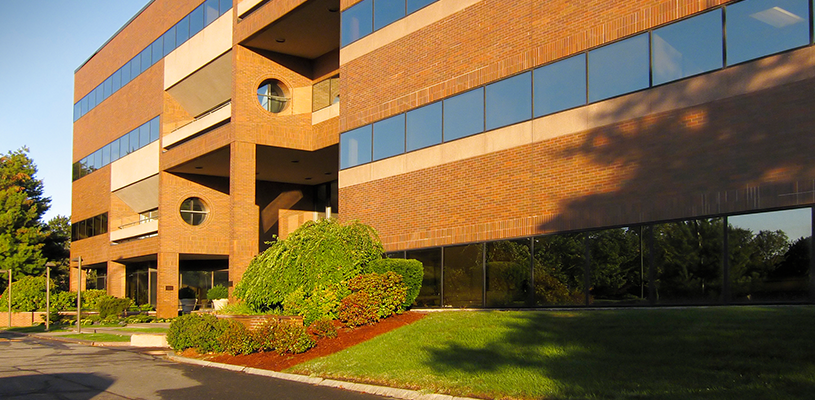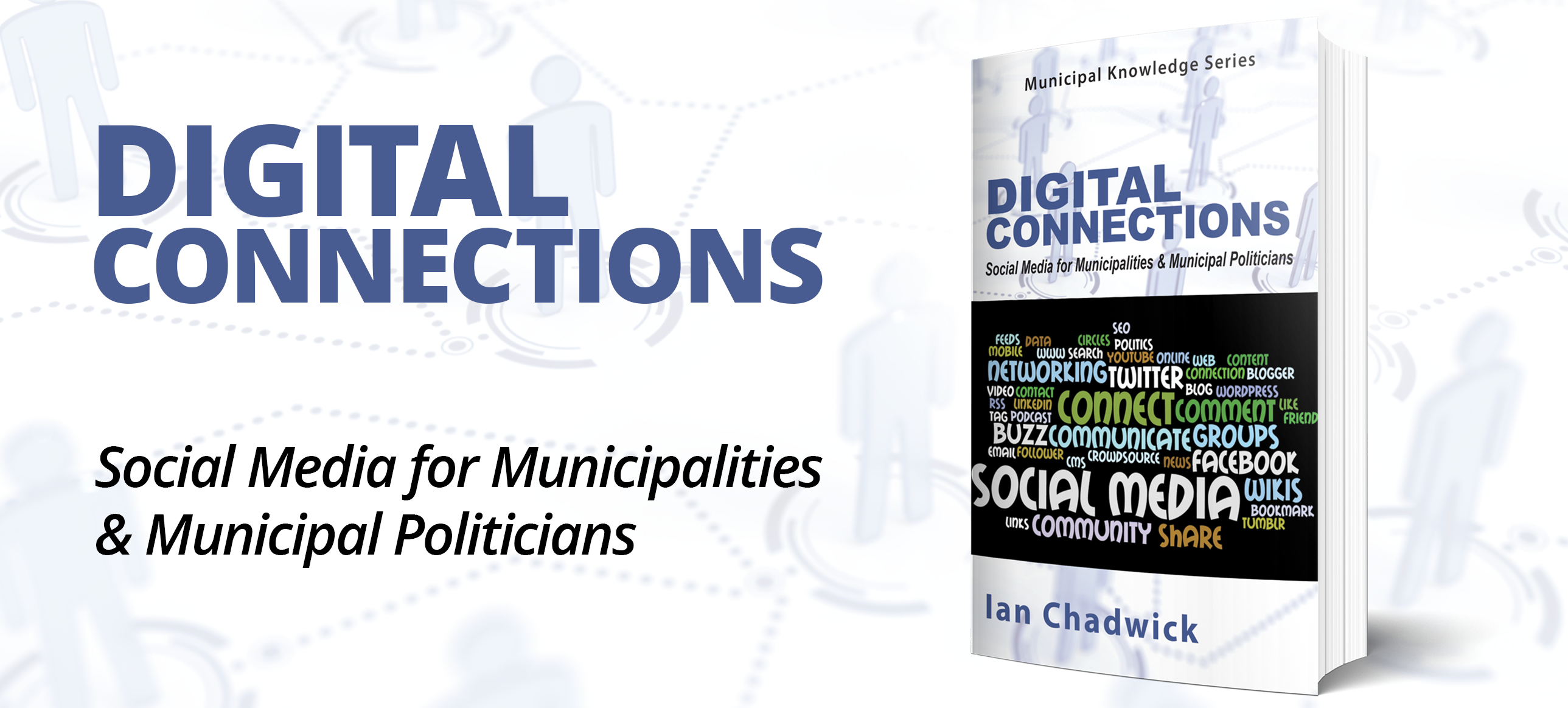Leveraging your asset management policy for strategic investment

With Ontario’s policy deadlines fast approaching, it’s smart to use lifecycle costing in your capital procurement process
By July 1, 2019, each Ontario municipality must have completed their first strategic asset management policy. Such a policy is a precursor to Asset Management Plan requirements that will come into effect in 2021. But, are municipalities looking beyond the general language of their policy to ensure they are aligning and integrating asset management into other key municipal plans, policies, and practices, particularly for new asset procurement?
Most communities currently make purchasing decisions, especially on major capital projects, based solely on the lowest construction cost. However, asset management tells us the municipality’s actual costs of an asset run much deeper.
Operating an asset costs money. Retaining and replacing an asset costs money. Building a cheap asset up front will likely lead to an expensive money pit of an asset down the road, as elements of the building or project exhaust any early lifespan and need to be repaired or replaced.
Without including how you procure new assets, municipalities are missing a critical component in asset management policies. Aligning procurement policies or purchasing by-laws with the asset management plan – with language ensuring major capital projects are based on the Lowest Total Cost of Ownership (LTCO) – helps to lower costs and build better, easier-managed assets in the long run.*
Considering LTCO means decision makers can look at asset procurement strategically – choosing the asset components that deliver the best performance over time for the municipality. This approach helps avoid excessive costs down the road as the asset ages.
A public building is an investment. Ideally, these buildings will be assets that can serve the community for generations to come. This approach involves choosing building materials that will last. All building materials, both structural and external, should be chosen with an eye toward the cost of failure, repair, and expense of maintenance over time.
The assessment of lifecycle cost should consider more than the up-front costs of the building materials involved. It must weigh the cost of maintenance and replacement of those materials, the lifespan of the materials against that of the building, and the cost of repair should the material be compromised or lost. This evaluation leads to a need for durable building materials that resist damage and are immune to as many environmental factors as possible – such as structural concrete block, for example.
Understanding your current assets is only part of the process. An asset management plan’s full potential can only be realized by viewing all new assets through its lens. New buildings and public works must be viewed as new assets. Consider their lifecycle costs from day one. The assets you plan now can bring savings over time, but only if they are planned and designed for longevity and endurance.
As your community finalizes its asset management policy, consider using this simple method: Evaluate all new major capital projects using a total lifecycle cost approach to achieve the lowest total cost of ownership. MW
* Visit www.masonryworx.com for examples of draft policy language.
as published in Municipal World, April 2019
✯ Municipal World Insider and Executive Members: You might also be interested in Paula Lombardi’s article: Sustainable procurement policies and practices. Note that you can now access the complete collection of past articles (and more) from your membership dashboard.
Andrew Payne is Executive Director of MasonryWorx, a not-for-profit association of brick, block, and stone professionals dedicated to upholding the benefits of masonry products and committed to advocating for better built communities.
Related resource materials:



